Market Growth Projections
The Global Carbon-neutral Fuels Market Industry is poised for substantial growth, with projections indicating a market size of 83.1 USD Billion in 2024 and an anticipated increase to 200.2 USD Billion by 2035. This growth trajectory reflects a compound annual growth rate of 8.33% from 2025 to 2035, driven by various factors including regulatory pressures, technological advancements, and evolving consumer preferences. The market's expansion is indicative of a broader transition towards sustainable energy solutions, as stakeholders across sectors recognize the importance of carbon-neutral fuels in addressing climate change and ensuring energy security.
Technological Advancements
Innovations in technology are playing a pivotal role in the Global Carbon-neutral Fuels Market Industry. Advances in production methods, such as carbon capture and utilization, are enhancing the efficiency of carbon-neutral fuel generation. For example, the development of biofuels from waste materials is gaining traction, providing a sustainable alternative to fossil fuels. These technological improvements not only lower production costs but also improve fuel quality, making carbon-neutral options more competitive. As a result, the market is anticipated to grow at a compound annual growth rate of 8.33% from 2025 to 2035, indicating a robust shift towards cleaner energy sources.
Global Energy Security Concerns
Concerns regarding global energy security are driving interest in the Global Carbon-neutral Fuels Market Industry. As geopolitical tensions and supply chain vulnerabilities become more pronounced, nations are seeking to diversify their energy sources. Carbon-neutral fuels, such as biofuels and synthetic fuels, offer a pathway to reduce dependence on fossil fuels and enhance energy independence. Countries are increasingly investing in domestic production of these fuels to bolster their energy security. This strategic shift is expected to contribute to the overall growth of the market, as nations prioritize sustainable and reliable energy solutions.
Rising Environmental Regulations
The Global Carbon-neutral Fuels Market Industry is experiencing a surge in demand due to increasing environmental regulations aimed at reducing greenhouse gas emissions. Governments worldwide are implementing stricter policies to combat climate change, which is driving industries to seek carbon-neutral alternatives. For instance, the European Union has set ambitious targets for carbon neutrality by 2050, prompting significant investments in carbon-neutral fuels. This regulatory pressure is expected to propel the market's growth, with projections indicating a market size of 83.1 USD Billion in 2024, reflecting the urgency for sustainable energy solutions.
Growing Investment in Renewable Energy
Investment in renewable energy sources is a significant driver for the Global Carbon-neutral Fuels Market Industry. Governments and private sectors are increasingly allocating funds to develop and promote carbon-neutral fuels, recognizing their potential to mitigate climate change. For instance, the United States has seen a surge in funding for renewable projects, with billions directed towards biofuels and hydrogen production. This influx of capital is expected to enhance production capabilities and infrastructure, contributing to a projected market size of 200.2 USD Billion by 2035. Such investments are crucial for transitioning to a sustainable energy landscape.
Consumer Demand for Sustainable Products
There is a notable shift in consumer preferences towards sustainable products, significantly impacting the Global Carbon-neutral Fuels Market Industry. As awareness of climate change grows, consumers are increasingly seeking out carbon-neutral fuel options for transportation and energy needs. This trend is evident in the automotive sector, where electric and hydrogen-powered vehicles are gaining popularity. Companies are responding by investing in carbon-neutral fuel technologies to meet this demand. This consumer-driven shift is likely to sustain market growth, as businesses align their strategies with evolving consumer values, thereby reinforcing the transition to a greener economy.
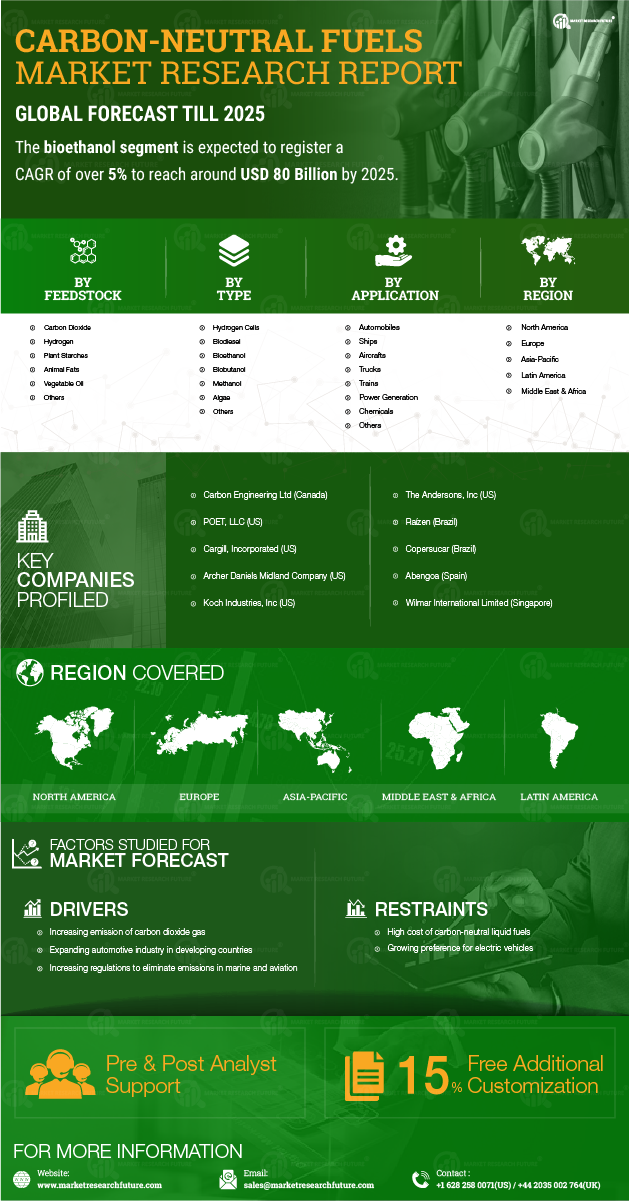

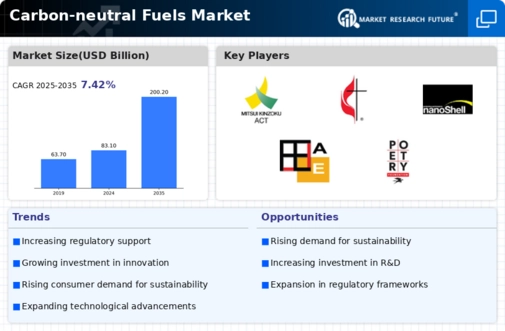
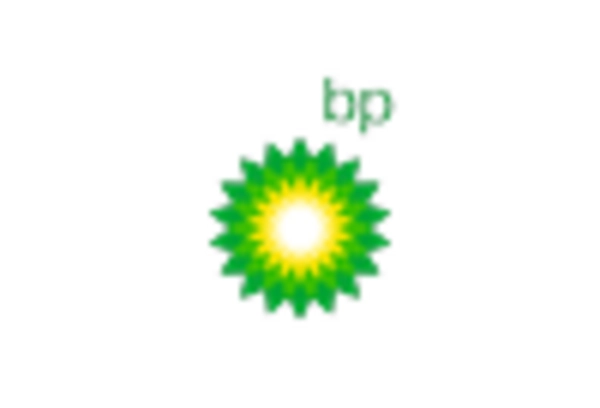
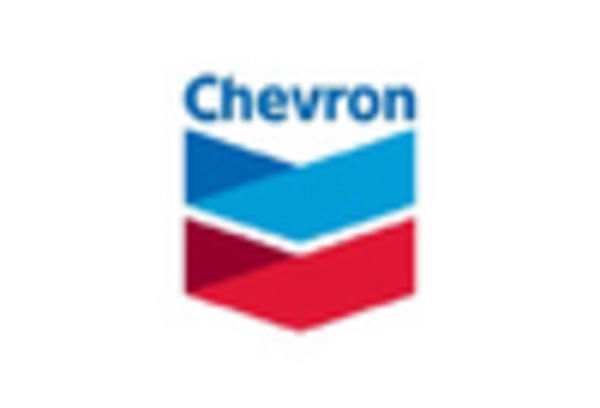
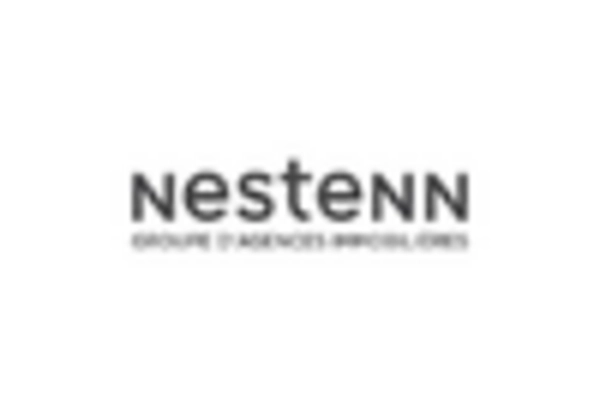
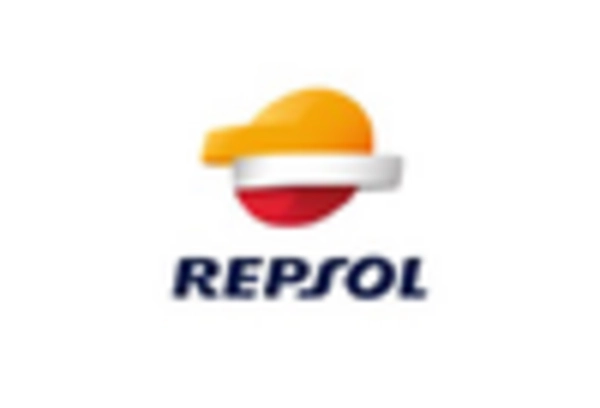










Leave a Comment